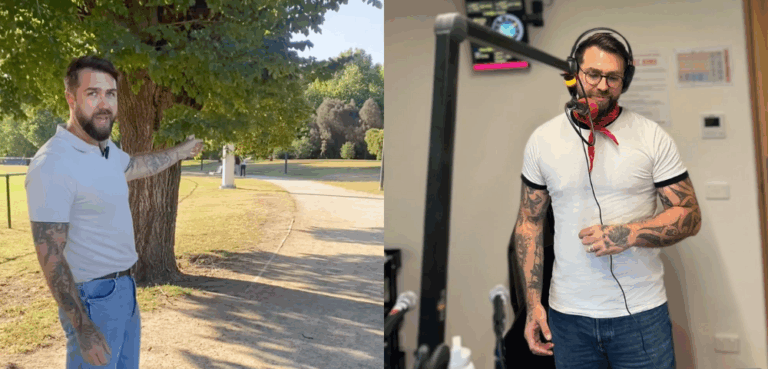
First in, best health: treat HIV now

IT may be over 30 years since HIV hit the world, but it’s only recently that a study finally revealed the sooner a person diagnosed with HIV begins taking antiretroviral medication, the better it is for their long-term health outcomes.
In light of this, the Victorian AIDS Council (VAC) and Living Positive Victoria (LPV) have teamed up to launch their first ever social marketing campaign dedicated solely to early treatment: Treat HIV Now.
“Over the course of the HIV epidemic there’s been three major advancements in treatment,” VAC’s health promotion, policy and communications director Colin Batrouney explains.
“Firstly, the use of zidovudine (AZT) as an antiretroviral in 1985 saw the development of a number of other antiretrovirals to treat HIV.
“Then, in 1996… combination therapy which included protease inhibitors was dem- onstrated to be the most powerful means to control HIV, reducing viral load levels to undetectable in positive people.
“The third watershed moment in the history of HIV came in 2015 when the START study finally provided unambiguous evidence that there was a clear clinical benefit for people with HIV to start treatment regardless of their CD4 count.”
The groundbreaking 2015 study enrolled 4600 people living with HIV who had never taken medications. Half of those people in the study were given antiretroviral medications.
“What that study found was people who started treatment immediately had decrease in long-term illnesses, in particular AIDS-related cancers,” Batrouney says.
He adds that what precipitated the Treat HIV Now campaign was how VAC now had clear and unambiguous evidence from the START study that early treatment leads to long-term health benefits.
This is combined with recent statistics from the Kirby Institute which show the national figures for treatment uptake are 73 per cent. Of those people on treatment, 92 per cent have undetectable viral loads.
“We also felt that the AIDS council had never really engaged in an early treatment campaign and we felt that it is important at this time the community understands that the AIDS council unambiguously supports early treatment.” Batrouney says.
One of the most striking components of the campaign is the use of real men living with HIV. The men are shown in videos and posters, going about their daily lives, including out for coffee, talking on the phone and going for a swim.
These images send a message that life does go on the same once you start antiretroviral medication.
According to LPV chief executive Brent Allan, this is one of the first times an Australian campaign was showing the real faces of real people living with HIV.
He also believes it’s crucial to start moving now on the campaign because the evidence was clear that starting treatment early was important for people living with HIV.
“We’re showing their lives in glorious colour in posters and billboards,” Allan says.
“Stigma continues to thwart us at all angles. It undermines testing, it undermines treatment access and we know people who are scared and living in the closet of HIV status, when they see people doing that, they think to themselves, ‘I can do that to’.
“We made a callout to the community, asking for people to join the campaign. We wanted to represent the vast array of health lives of people living with HIV.
“Their action will encourage other people to come forward in the future.”
Batrouney highlights that VAC understands each individual must not feel pressured to begin medication, that taking antiretrovirals should only be done when they are ready to do so.
“We have a dedicated website that gives people extensive information on early treatment.” he says.
“Individuals need to be ready to start treatment and it varies from person to person. It is possible for people to commence treatment immediately, while other people start treatment some time after diagnosis, it is all about readiness.”
The focus of Treat HIV Now is solely about the health benefits for the individual rather than reducing the risk of transmission — which of course is an additional benefit of taking antiretroviral medication.
Batrouney highlights that HIV and its associated treatments have changed and im- proved dramatically over the past three decades, which means the reasons people may have been wary of starting treatment in the past — such as toxicity of medication and side-effects — are no longer as much of an issue.
“People have heard a lot about a lot of different treatment over the decades. Treatment is constantly shifting,” he explains.
“The central message in Treat HIV Now is around personal health and wellbeing.
“With the right amount of information and support people could make a decision immediately.”










